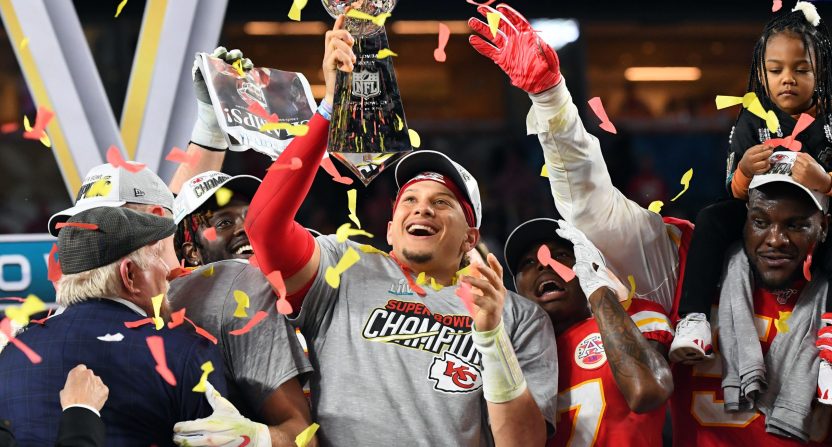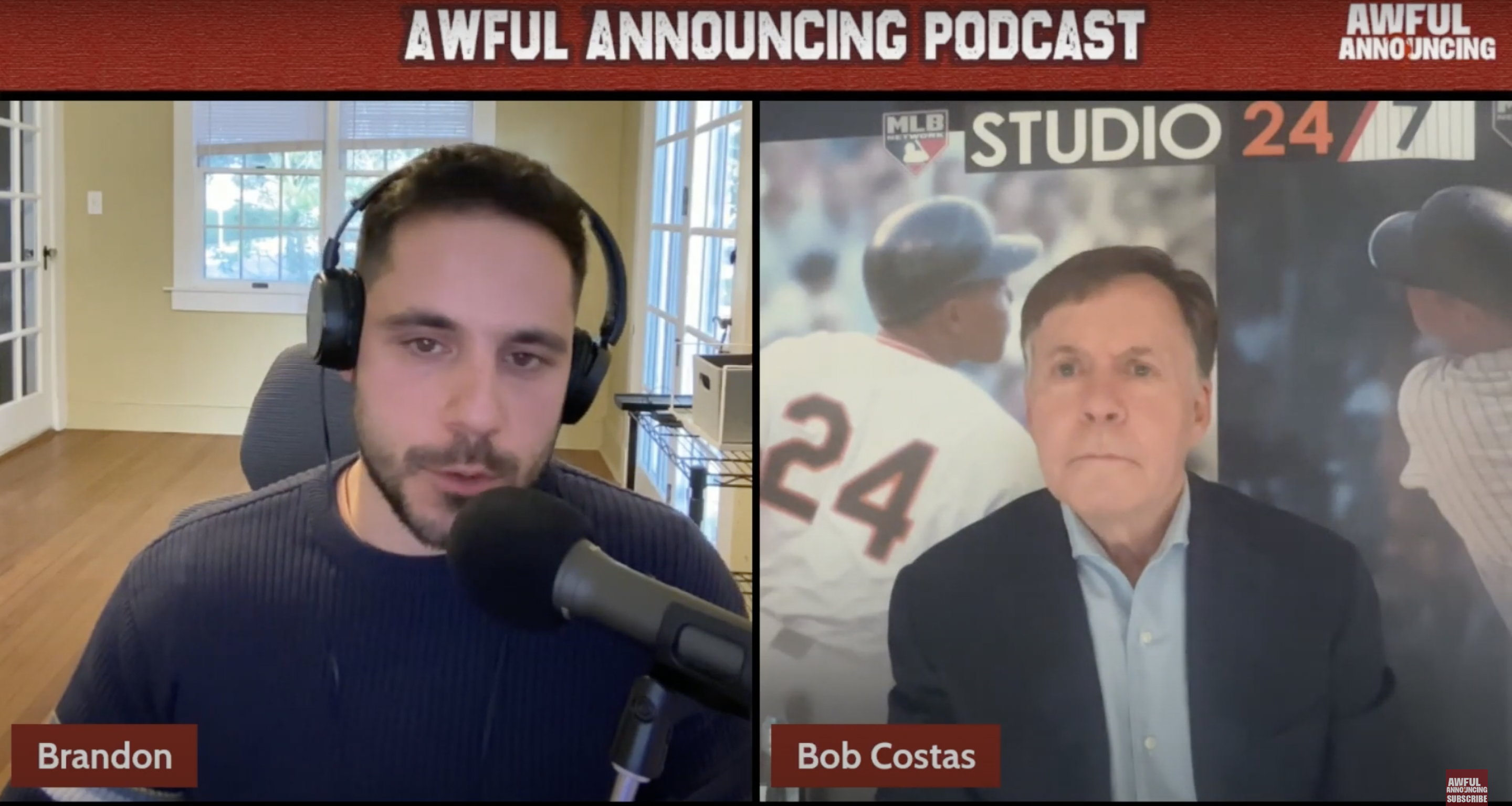While the U.S. ratings for the Kansas City Chiefs’ 31-20 win over the San Francisco 49ers in Super Bowl LIV on Fox Sunday were underwhelming (up from 2019, but still the second-least-watched over the last 11 years), the Canadian ratings were through the roof. As per Bell Media, their broadcast of Super Bowl LIV attracted 9.5 million viewers on average (with a peak of almost 18.7 million, almost half of the Canadian population of 37.59 million) across CTV (broadcast), TSN (cable) and RDS (cable, French broadcast), a 79 percent jump from last year’s 5.3 million across CTV/CTV2/TSN/RDS.
A lot of this had to do with this being the first Canadian Super Bowl broadcast in four years with simultaneous substitution or simsub, where Bell could substitute their commercials onto the U.S. feeds (U.S. broadcast networks from cities near the border have long been available in Canada) and count those viewers. Simsub has existed since 1972 for most Canadian broadcasts of U.S. events, but it has always drawn particular condemnation around the Super Bowl, where the U.S. commercials feature higher budgets than normal and more interesting ads than you’d find on a normal event (which is why we cover the best and worst there), while the Canadian ads have often been just standard ads you see on any broadcast. In January 2015, the Canadian Radio-television and Telecommunications Commission ruled that simsub would be stopped for the Super Bowl only beginning in 2017, allowing Canadians who wanted to see the U.S. commercials to watch the cross-border feeds without having Canadian commercials subbed in.
That of course led to plenty of protests from Bell, which had paid for NFL rights based on the understanding that they’d have simsub capabilities. And it led to protests from the NFL (which wanted to maintain the value of its Canadian rights), and from U.S. politicians like Florida senator Marco Rubio. But the judicial protests didn’t go anywhere, and Bell’s Super Bowl audience fell sharply without simsub in 2017, 2018, and 2019; Bill Brioux wrote last year that Bell drew 4,488,000, 4,451,000, and 4,332,000 English-language viewers in those years respectively. (He doesn’t include French-language numbers, but the one million boost in 2019 is probably reasonably accurate for those other years.) And Bell even wound up blaming that for layoffs in 2017.
Interestingly, the simsub decision wasn’t overturned by a court (where appeal attempts repeatedly failed), but rather by legislative action. The U.S. government wound up making the reinstatement of Super Bowl simsub as of 2020 part of the new USMCA trade deal (replacing the old NAFTA) in 2018, and that led to NFL commissioner Roger Goodell praising U.S. president Donald Trump. And that move is certainly good for the NFL, as their Canadian rights will now be worth a decent amount in the next rights deal (the current one with Bell was negotiated before the end-of-simsub blow), and it’s certainly good for Bell.
The latest
And that’s not only good news for Bell Media’s bottom line, it’s good news for the NFL when it comes to their future Canadian broadcasting deals. Their prime event is now worth around what it used to be (or even more, considering the audience record here) in Canada, rather than the severely-diminished version of itself we saw over the past few years. (What’s funny about this is that there probably weren’t that many fewer people watching in 2017, 2018, and 2019; the issue is that those watching the U.S. feeds weren’t counted in the U.S. thanks to being outside the Nielsen system, and they weren’t counted in Canada thanks to not watching the Canadian feed. So they were uncounted viewers, but that doesn’t mean they didn’t exist.)
There are also potential factors in this audience growth beyond just the return of simsub. It’s notable that last year’s game was only 3-0 at halftime and finished 13-3, hardly the most exciting score and certainly part of its U.S. audience decline. However, the Super Bowl LIII Canadian ratings weren’t that far off from 2017 and 2018, so it wasn’t just the game responsible there. It is also notable that this year’s game featured a pair of solid Canadian connections on the Chiefs, in starting right guard Laurent Duvernay-Tardif (a n Saint-Jean-Baptiste, Quebec-born player who wound up being just the fifth U SPORTS (the Canadian version of the NCAA) product to play in the Super Bowl and just the second (after Jon Ryan) to win it) and backup right guard Ryan Hunter (born in North Bay, Ontario). However, that probably wasn’t as big of a factor as the return of simsub. And while that’s bad news for the Canadian viewers who wanted to see U.S. commercials and couldn’t, it’s great news for the NFL and Bell.
It’s notable that this isn’t the only recent event where there have been stellar Canadian ratings and lackluster U.S. ones, with the 2019 NBA Finals and the 2019 MLS Cup also following that model. However, both of those events involved a Canadian-based team, hurting the U.S. ratings thanks to the lack of a local market and boosting the Canadian ones. Super Bowl LIV didn’t have that (there are no Canadian-based NFL teams at the moment, so unless that changes, it will never feature a Canadian team), and the participation of Canadian-born players isn’t anywhere near as significant for ratings. The far bigger deal here is the return of simsub, and the ratings results there indicate why Bell and the NFL lobbied so hard to get it back.






